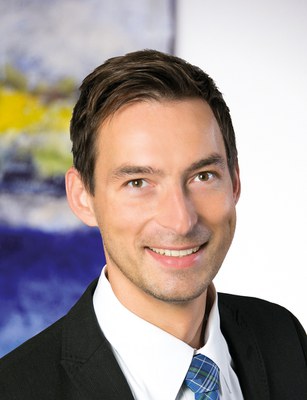LS-DYNA Compact: CESE Compressible Fluid Solver
Compressibility effects in fluid mechanics are typically considered significant if the Mach number of the flow exceeds 0.3 or if the fluid undergoes very large pressure changes. The most distinct phenomenon associated with high speed flows is the existence of shock waves or non-isentropic solutions.
The new compressible flow solver CESE in LS-DYNA is based on a novel numerical framework originally proposed by Dr. Chang of the NASA Glenn Research Center. The method exhibits many non-traditional features, including a unified treatment of space and time, the introduction of a conservation element (CE) and a solution element (SE), and a novel shock capturing strategy without using a Riemann solver, which is able to simultaneously capture both strong shocks and small disturbances. Moreover, the spatial gradients are treated as unknowns which allows for more accurate solutions of the shock waves than normal second order schemes.
So far, this method has been used to solve many different types of flow problems, such as detonation waves, shock/acoustic wave interaction, cavitating flows, and chemical reaction flows. In LS-DYNA, it has been extended to also solve fluid-structure interaction (FSI) problems with the embedded (immersed) boundary approach or moving (fitted) mesh approach.
The course will take place from 9-11 a.m. (CET) on two consecutive days.
Please note: The course will be held in Ansys Learning Hub. We will send the credentials shortly before the training.
Contents
- Introduction
- General principles and applications
- The CE/SE scheme
- Setting up a pure CFD/CESE problem
- Setting up an FSI/CESE problem
- Advanced capabilities
- Post treatment
- Documentation
| Dates | Duration/days | Calendar | Registration | Referee | Language | Location | Fee |
|---|---|---|---|---|---|---|---|
| 07.04.2025, 09:00 - 11:00 | 2 days | Add to calendar | Maik Schenke | English | Online | 400 € |
Lecturers
Maik Schenke

Dr.-Ing.
Area of Expertise:
Multiphysics
Academic studies:
Aerospace engineering